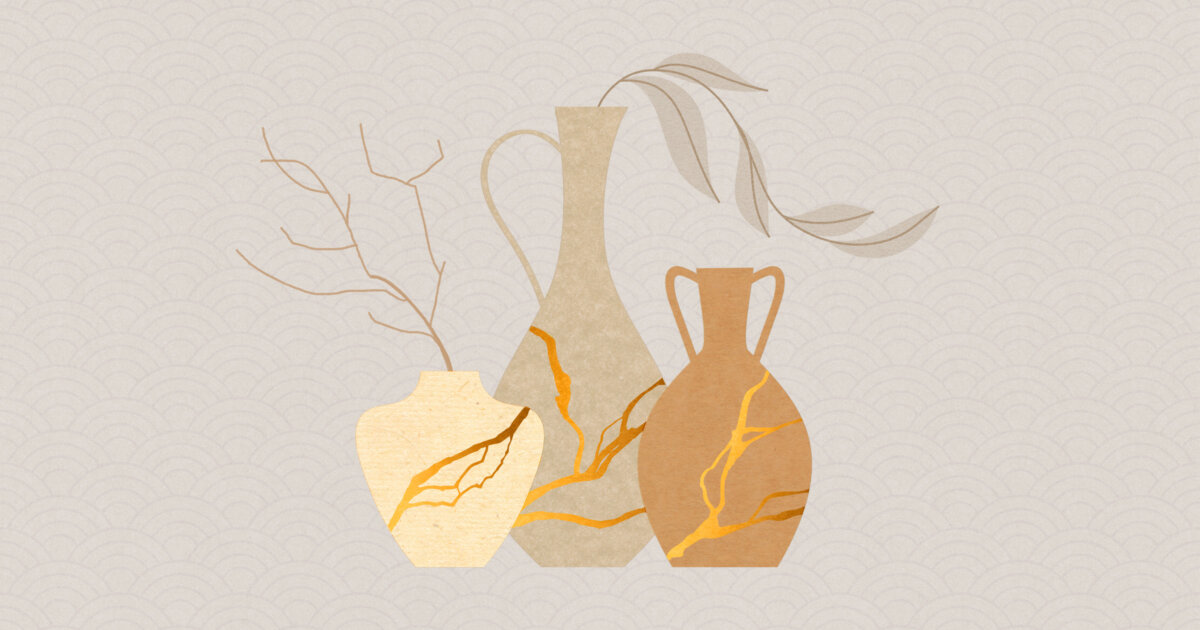1. R.M. Vogel and M.C. Bolino, “Recurring Nightmares and Silver Linings: Understanding How Past Abusive Supervision May Lead to Post-Traumatic Stress and Post-Traumatic Growth,” Academy of Management Review 45, no. 3 (July 2020): 549-569.
2. R. Janoff-Bulman, “Assumptive Worlds and the Stress of Traumatic Events: Applications of the Schema Construct,” Social Cognition 7, no. 2 (June 1989): 113-136.
3. R.G. Tedeschi and L.G. Calhoun, “Post-Traumatic Growth: Conceptual Foundations and Empirical Evidence,” Psychological Inquiry 15, no. 1 (2004): 1-18.
4. M.R. Kramer, L. Page, and G. Klemic, “Post-Traumatic Growth in Organizations: Leadership’s Role in Deploying Organizational Energy Beyond Survival,” Organization Development Review 54, no. 3 (2022): 18-26; and B.N. Alexander, B.E. Greenbaum, A.B. (Rami) Shani, et al., “Organizational Post-Traumatic Growth: Thriving After Adversity,” Journal of Applied Behavioral Science 57, no. 1 (March 2021): 30-56.
5. A. Ehlers, R.A. Mayou, and B. Bryant, “Psychological Predictors of Chronic Post-Traumatic Stress Disorder After Motor Vehicle Accidents,” Journal of Abnormal Psychology 107, no. 3 (August 1998): 508-519; R.F. Hanson, D.G. Kilpatrick, J.R. Freedy, et al., “Los Angeles County After the 1992 Civil Disturbances: Degree of Exposure and Impact on Mental Health,” Journal of Consulting and Clinical Psychology 63, no. 6 (December 1995): 987-996; H.S. Resnick, D.G. Kilpatrick, B.S. Dansky, et al., “Prevalence of Civilian Trauma and Post-Traumatic Stress Disorder in a Representative National Sample of Women,” Journal of Consulting and Clinical Psychology 61, no. 6 (December 1993): 984-991; P.B. Sutker, J.M. Davis, M. Uddo, et al., “War Zone Stress, Personal Resources, and PTSD in Persian Gulf War Returnees,” Journal of Abnormal Psychology 104, no. 3 (August 1995): 444-452; and R.G. Tedeschi, J. Shakespeare-Finch, K. Taku, et al., “Post-Traumatic Growth: Theory, Research, and Applications” (New York: Routledge, 2018).
6. R. Janoff-Bulman, “Schema-Change Perspectives on Post-Traumatic Growth,” in “Handbook of Post-Traumatic Growth: Research & Practice,” eds. L.G. Calhoun and R.G. Tedeschi (Mahwah, New Jersey: Lawrence Erlbaum Associates Publishers, 2006): 81-99.
7. T.A. Williams, D.A. Gruber, K.M. Sutcliffe, et al., “Organizational Response to Adversity: Fusing Crisis Management and Resilience Research Streams,” Academy of Management Annals 11, no. 2 (June 2017): 733-769; and A.D. Meyer, “Adapting to Environmental Jolts,” Administrative Science Quarterly 27, no. 4 (December 1982): 515-537.
8. Tedeschi and Calhoun, “Post-Traumatic Growth,” 1-18; and S. Maitlis, “Post-Traumatic Growth at Work,” Annual Review of Organizational Psychology and Organizational Behavior 7 (2020): 395-419.
9. P.N. Sharma and M.J. Pearsall, “Leading Under Adversity: Interactive Effects of Acute Stressors and Upper-Level Supportive Leadership Climate on Lower-Level Supportive Leadership Climate,” Leadership Quarterly 27, no. 6 (December 2016): 856-868.
10. Sharma and Pearsall, “Leading Under Adversity,” 856-868.
11. R. Janoff-Bulman, “Post-Traumatic Growth: Three Explanatory Models,” Psychological Inquiry 15, no. 1 (2004): 30-34.
12. R.G. Tedeschi, “Growth After Trauma,” Harvard Business Review 98 no. 4 (July-August 2020).
13. C. Morell, “Reflecting on ‘Vegas Strong’ One Year Later,” Nevada Public Radio, Oct. 1, 2018, https://knpr.org.
14. Tedeschi, “Growth After Trauma.”
i. P.N. Sharma, J.M. Silvas, and M. Guadagnoli, “Attention Leaders: Are You Losing the Battle With Stress? Arm Yourself With Proactive Coping,” Organizational Dynamics 51, no. 2 (April-June 2022).
ii. K. Olson, T. Shanafelt, and S. Southwick, “Pandemic-Driven Post-Traumatic Growth for Organizations and Individuals,” Journal of the American Medical Association 324, no. 18 (2020): 1829-1830.
“The MIT Sloan Management Review is a research-based magazine and digital platform for business executives published at the MIT Sloan School of Management.”
Please visit the firm link to site






